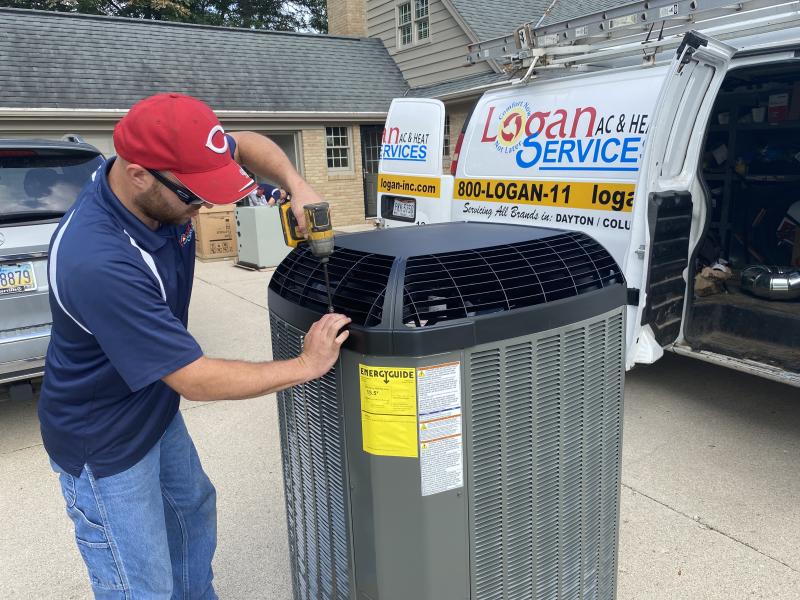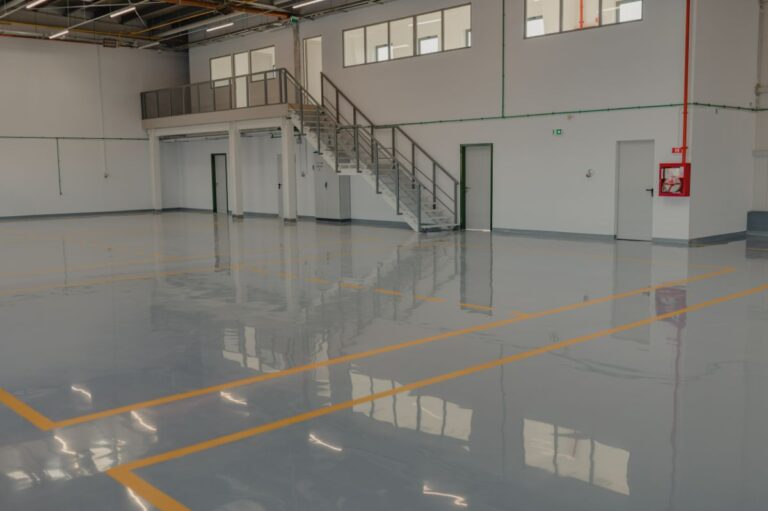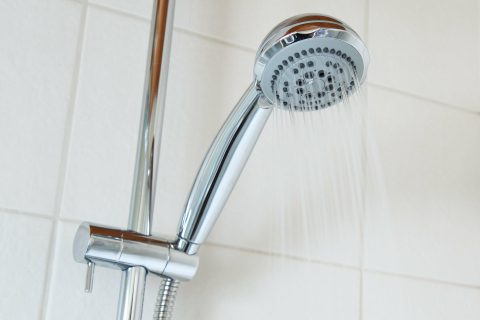How to Prepare for an HVAC Installation by a Professional Contractor?
Installing a new HVAC system is a significant investment for any home or business. Proper preparation ensures the installation goes smoothly and the system operates efficiently for years. Whether replacing an old system or installing a new one, working with a professional contractor can make a big difference in ensuring the installation is done correctly. We will explore the steps you can take to prepare for an HVAC installation, from choosing the right system to preparing your home for the Huntington HVAC contractor arrival.
Selecting the Right HVAC System for Your Needs
Before an HVAC installation, you must select the right system for your home or business. This decision is critical, as an improperly sized unit can lead to inefficiency, increased energy bills, and a shorter lifespan for the equipment. Professional contractors typically perform a load calculation, which factors in the size of your space, insulation levels, and climate conditions to recommend the most suitable unit. When preparing for the installation, it’s also essential to consider the system’s features, such as energy efficiency ratings and smart thermostat compatibility. While it might be tempting to choose a low-cost option, investing in a higher-quality unit can result in lower operating costs and fewer maintenance needs over time. Before the installation date, discuss your system options with your contractor and ask about the long-term savings of choosing a more efficient model.
Clearing the Installation Area
One of the most important steps in preparing for an HVAC installation is clearing the area where the system will be placed. HVAC contractors need ample space to work efficiently, and they will need to access both the indoor and outdoor components of the system. If replacing an existing unit, ensure the area around the indoor air handler and outdoor condenser is free from furniture, decorations, or any obstacles that might impede the work. You should also ensure that the area is easily accessible to the contractors, especially if they need to use tools or equipment that are bulky or heavy. By providing a clear space for the installation, you will help the contractors work faster and reduce the risk of delays. This preparation also helps to avoid any accidental damage to personal belongings in your home.
Checking Your Home’s Electrical and Ductwork Systems
Before your HVAC installation begins, it is essential to ensure that your home’s electrical system and ductwork are in good condition. HVAC systems require a substantial amount of power, and if your electrical system is outdated or incapable of handling the load, additional upgrades might be necessary. A licensed contractor will typically inspect the electrical panel to confirm that it can accommodate the new system. If not, they may recommend upgrading the panel or wiring to prevent potential issues. Similarly, if you are installing a new HVAC unit, your ductwork should be inspected for leaks, damage, or poor airflow. Properly sealed ducts help maintain system efficiency and prevent energy loss. If needed, your contractor may advise duct cleaning or repair to ensure the system performs optimally. Completing these checks in advance can save you time and prevent unexpected expenses during the installation.
Setting a Budget and Discussing Financing Options
Installing a new HVAC system is a significant investment, and budgeting for this cost is crucial in the preparation process. HVAC installation costs can vary depending on the system’s size, the installation’s complexity, and any additional work that might be needed, such as electrical or duct repairs. Prior to the installation, discuss your budget with your contractor and ensure that all costs, including labor, materials, and any potential upgrades, are clearly outlined. Many contractors offer financing options to help manage expenses, so inquire about available plans that suit your financial situation. Additionally, check if your system is eligible for any rebates or tax incentives, especially if you choose an energy-efficient model. Understanding the full scope of costs upfront will ensure you avoid surprises when the work is completed and help you make informed decisions regarding your HVAC installation.
READ MORE : What is the GNS 530 and Why It’s Essential for Your Flight
Understanding the Installation Process
To ensure a smooth installation experience, it’s helpful to have a basic understanding of the process and what to expect. HVAC installation typically involves the removal of your old unit, the preparation of the installation site, and the installation of the new system. If your HVAC system includes ductwork and vents, this can take additional time to complete. Professional contractors will handle all these tasks, but understanding the timeline can help you plan accordingly. Most installations take a few hours to a full day, depending on the job’s complexity. It is also important to note that the contractor may need to shut off your home’s power during the installation, which could affect your ability to use other appliances temporarily. Preparing for these interruptions by adjusting your schedule and being ready for some temporary discomfort can make the process easier to handle.
Preparing for an HVAC installation requires careful planning and attention to detail to ensure the process runs smoothly and that your new system performs efficiently. By selecting the right system, clearing the installation area, checking your electrical and ductwork systems, setting a clear budget, and understanding the installation process, you can help ensure a hassle-free experience. Don’t forget to schedule ongoing maintenance to keep your system running smoothly in the future. Proper preparation makes the installation process easier and helps maximize the long-term benefits of your new HVAC system, ensuring comfort and efficiency in your home or business.







